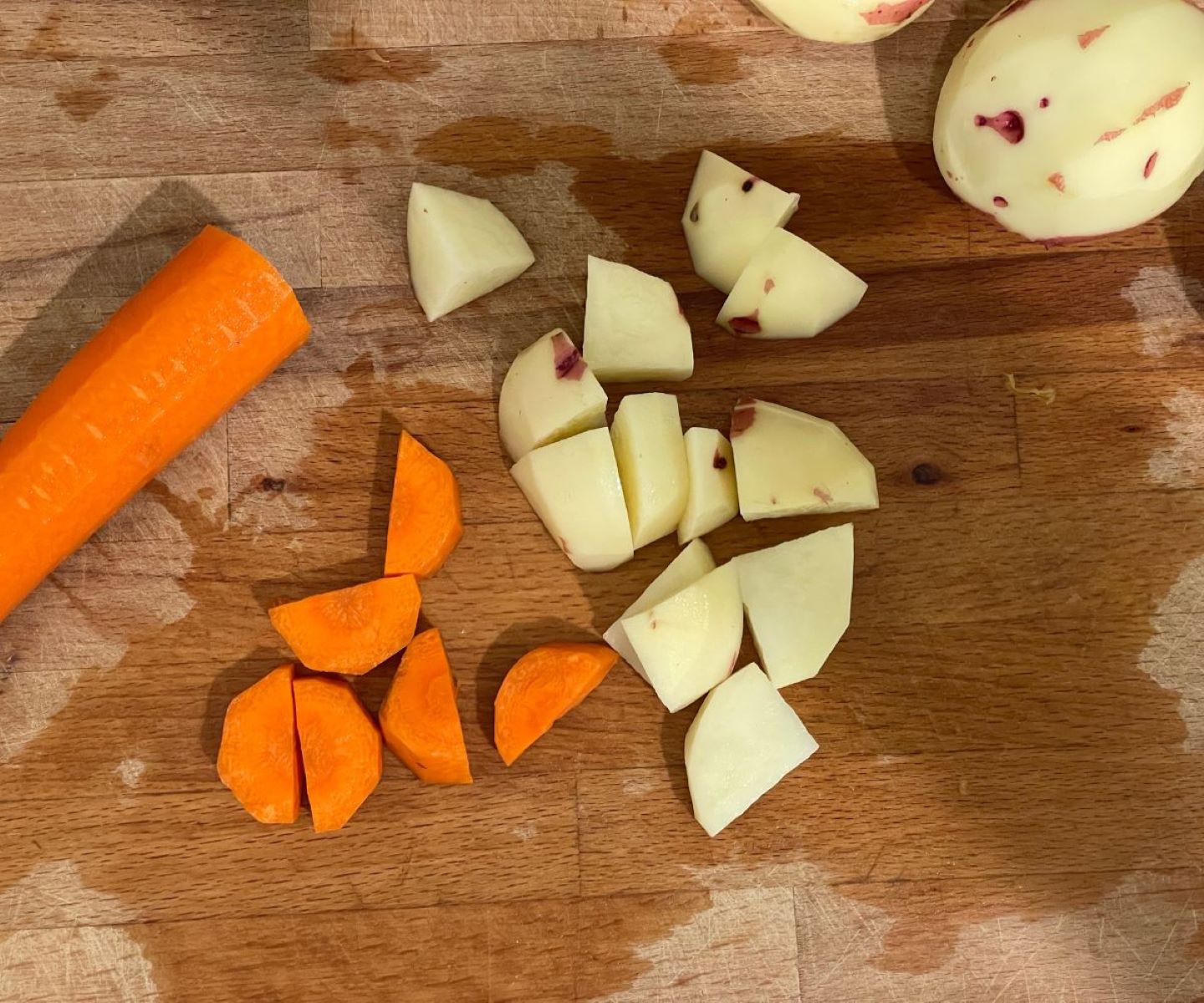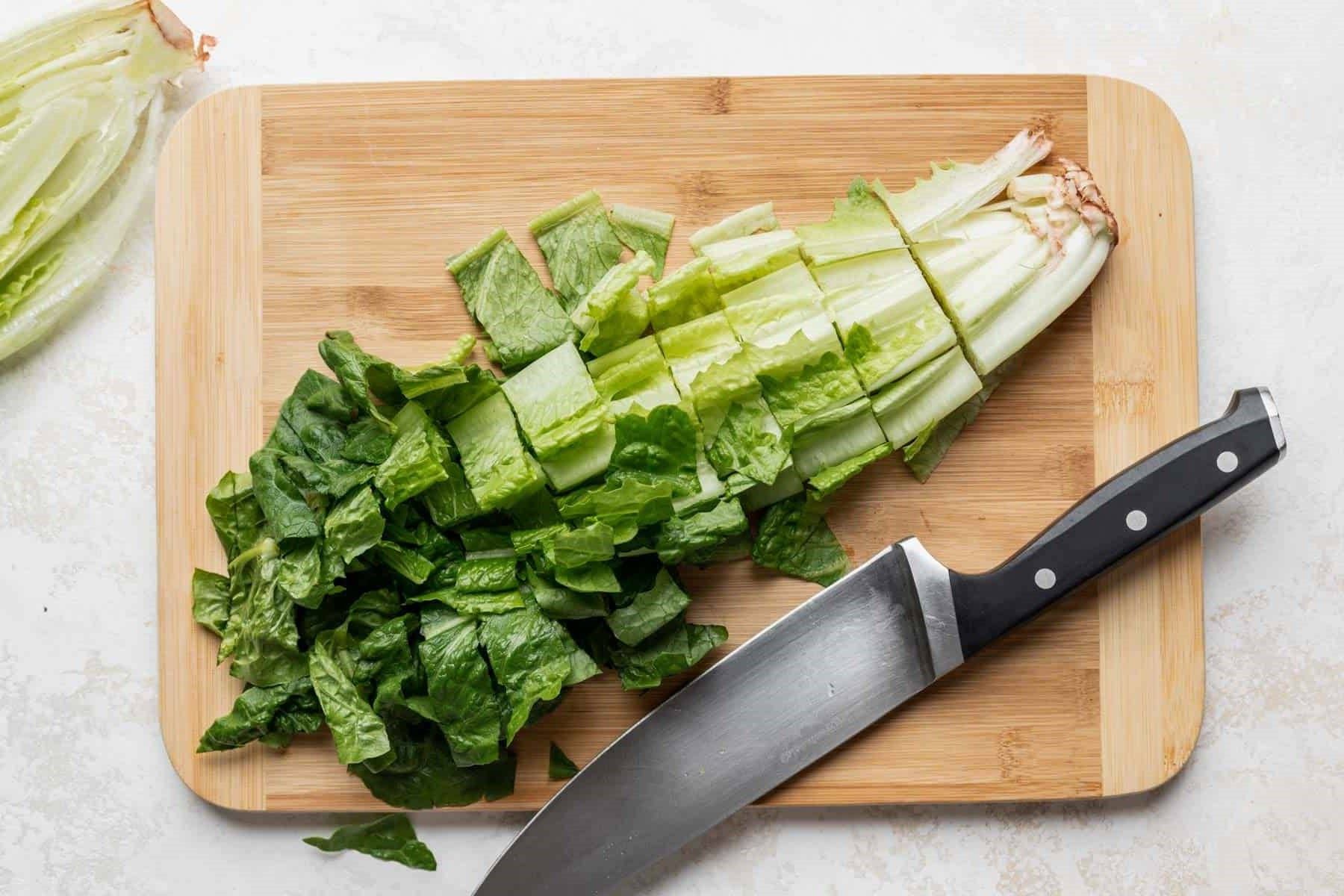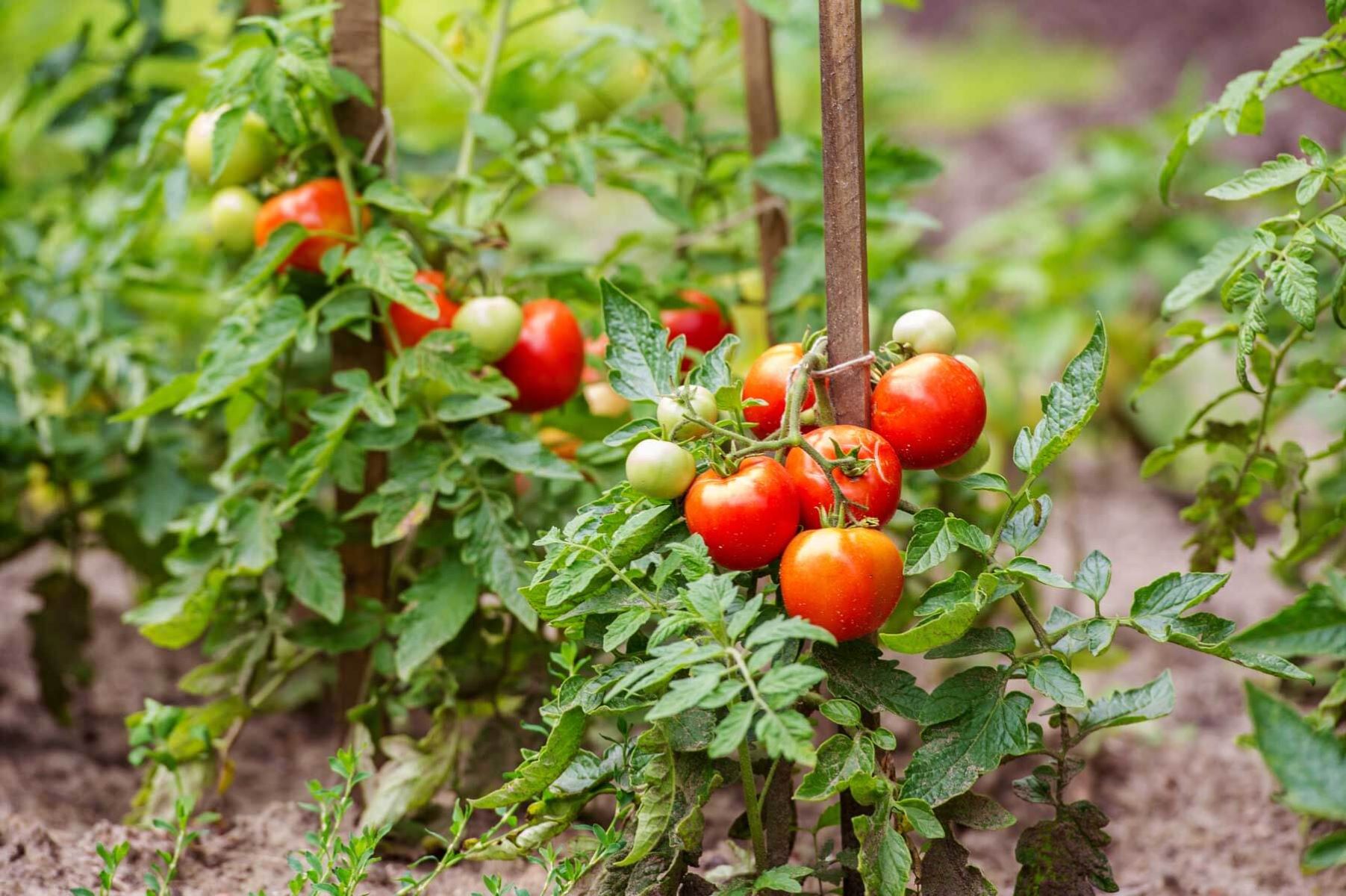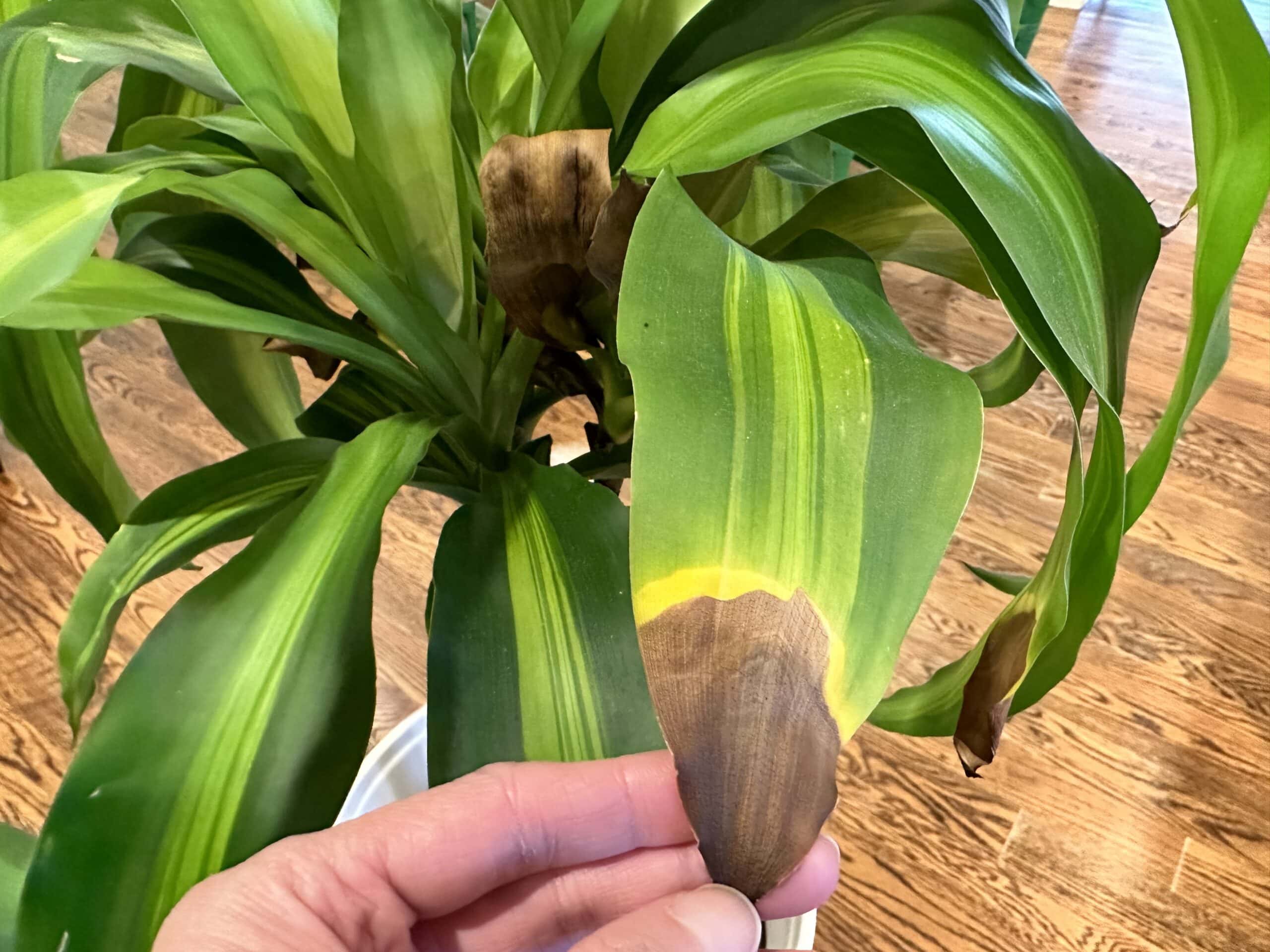Home>Food and Cooking>The Perfect Time To Harvest Lettuce From Your Garden!
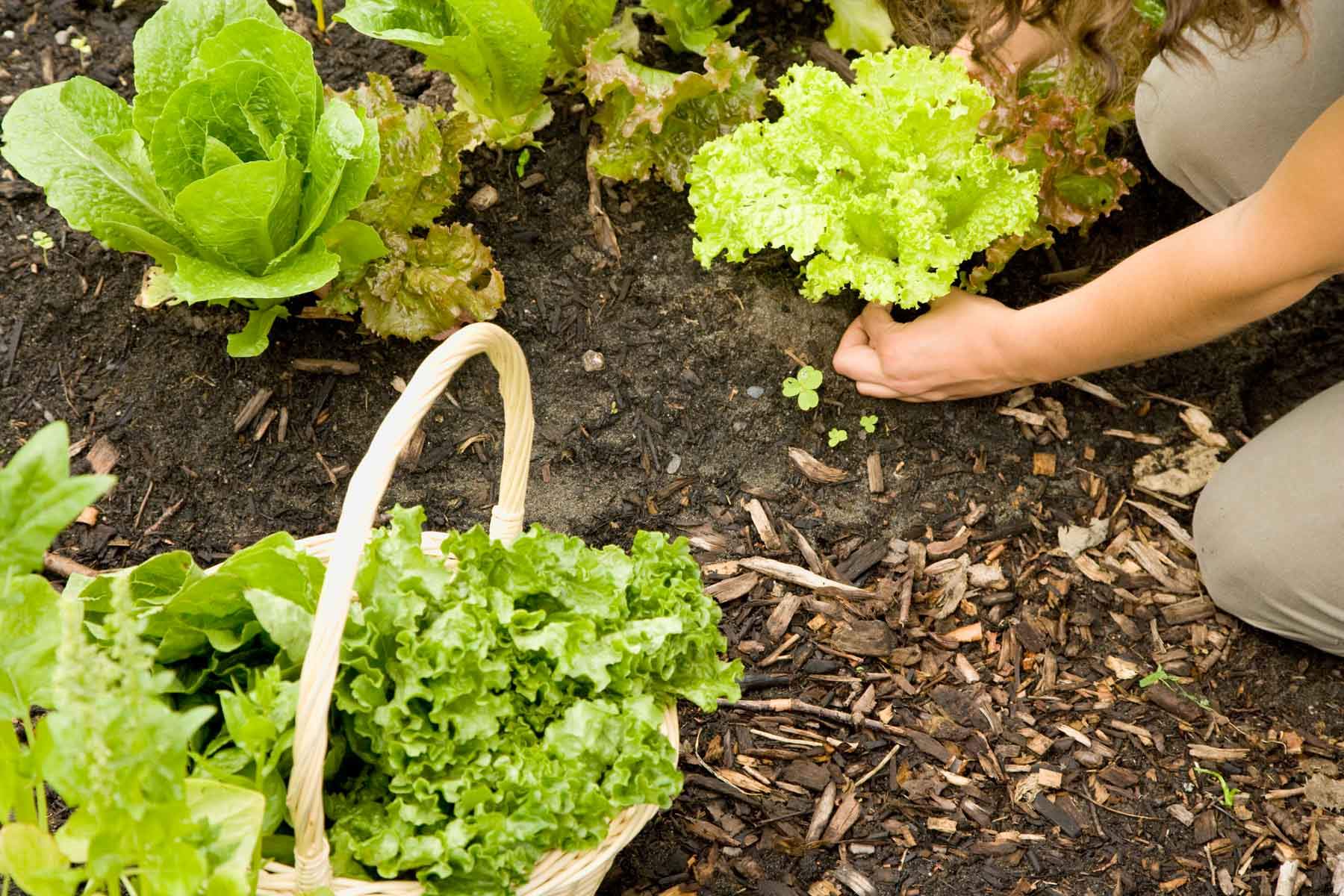

Food and Cooking
The Perfect Time To Harvest Lettuce From Your Garden!
Published: February 1, 2024
Discover the ideal time to harvest lettuce from your garden and elevate your food and cooking experience with fresh, homegrown produce. Learn the best practices for harvesting lettuce for optimal flavor and nutrition.
(Many of the links in this article redirect to a specific reviewed product. Your purchase of these products through affiliate links helps to generate commission for Regretless.com, at no extra cost. Learn more)
Table of Contents
Introduction
Lettuce, a versatile and nutritious leafy green, has been cultivated for centuries and is a staple in many culinary traditions around the world. Whether you are an avid gardener or simply enjoy the satisfaction of growing your own food, harvesting lettuce at the perfect time is essential for optimal flavor and texture. Understanding the growth cycle of lettuce, recognizing the signs of readiness for harvest, and employing best practices for harvesting and storing are crucial for maximizing the yield and quality of your homegrown lettuce. In this article, we will delve into the intricacies of lettuce cultivation and guide you through the process of harvesting and using this vibrant and refreshing vegetable straight from your garden. Let's embark on a journey to discover the art of harvesting lettuce at its peak freshness and flavor!
Understanding the Growth Cycle of Lettuce
Lettuce, a cool-season crop, follows a distinct growth cycle that can be divided into several key stages. Understanding these stages is essential for determining the optimal time for harvesting.
-
Germination: The lettuce growth cycle begins with the germination of seeds. Under ideal conditions, lettuce seeds typically germinate within 7 to 10 days. During this stage, the seeds absorb water and swell, eventually leading to the emergence of tiny roots and cotyledon leaves.
-
Seedling Stage: Once the seeds have sprouted, the seedlings continue to develop their first true leaves. At this stage, the seedlings are delicate and require consistent moisture and mild temperatures to thrive.
-
Vegetative Growth: As the lettuce plants mature, they enter the vegetative growth phase, characterized by the rapid development of leaves. During this stage, the plants require ample sunlight, moderate temperatures, and regular watering to support healthy leaf production.
-
Head Formation (for certain varieties): In the case of head-forming lettuce varieties such as romaine or iceberg, the vegetative growth phase is followed by the formation of a compact head of leaves. This process involves the inner leaves tightly compacting to form the characteristic shape of the lettuce head.
-
Bolting: Bolting is a natural response to environmental stress, such as high temperatures or prolonged daylight hours. When lettuce bolts, it rapidly elongates and produces a flowering stem. At this point, the leaves become bitter and tough, signaling the end of the plant's peak harvest period.
By familiarizing yourself with the growth stages of lettuce, you can effectively monitor the development of your plants and identify the optimal time for harvesting to ensure the best possible flavor and texture.
Signs That Lettuce is Ready to Harvest
When it comes to harvesting lettuce at the peak of its flavor and texture, recognizing the signs of readiness is paramount. Here are the key indicators that your lettuce is ready for harvest:
-
Leaf Size and Texture: Mature lettuce leaves exhibit a desirable size and texture based on the specific variety. For loose-leaf lettuce, the outer leaves can be harvested when they reach approximately 4-6 inches in length, while butterhead and romaine varieties are typically ready for harvest when the leaves are full-sized and have a tender yet crisp texture.
-
Color and Appearance: Pay close attention to the color and appearance of the lettuce leaves. Depending on the variety, the leaves should display vibrant hues, such as deep green or reddish tones, indicating their maturity. Additionally, the leaves should appear fresh and free from discoloration or wilting, signaling their readiness for harvest.
-
Leaf Firmness: Gently press the leaves to assess their firmness. Mature lettuce leaves should feel firm and turgid, indicating optimal moisture content and a crisp texture. Avoid harvesting lettuce with wilted or rubbery leaves, as they may have surpassed their prime harvest stage.
-
Overall Plant Growth: Observing the overall growth of the lettuce plant can provide valuable insights into its readiness for harvest. For loose-leaf varieties, regular harvesting of outer leaves promotes continuous growth, while head-forming lettuce should be harvested when the heads reach a full, compact size, signaling maturity.
-
Bolting Prevention: Keep a close eye on the plants to detect any signs of bolting, especially during warmer weather. If you notice the formation of a central stalk or the onset of flowering, it is crucial to harvest the lettuce promptly to prevent the leaves from becoming bitter and tough.
By keenly observing these signs, you can confidently determine the optimal time to harvest your homegrown lettuce, ensuring a delightful culinary experience with fresh, flavorful leaves straight from your garden.
Best Practices for Harvesting Lettuce
Harvesting lettuce at the right time is crucial for enjoying its peak flavor and texture. Employing best practices for harvesting ensures that you gather the freshest leaves while promoting continuous growth for future harvests. Here are the key best practices to consider when harvesting lettuce from your garden:
Selective Leaf Harvesting
For loose-leaf lettuce varieties, such as red leaf or green leaf lettuce, selective leaf harvesting is an effective practice. Instead of uprooting the entire plant, selectively harvest the outer leaves, allowing the inner leaves to continue growing. This method promotes a prolonged harvest period, as the plant continues to produce new leaves, providing a sustainable supply of fresh lettuce throughout the growing season.
Head Lettuce Harvesting
When harvesting head-forming lettuce, such as romaine or butterhead varieties, it is essential to wait until the heads reach full maturity. To harvest head lettuce, use a sharp knife to cut the plant just above the soil level, ensuring a clean cut without damaging the remaining plant. By harvesting the entire head at once, you can enjoy the satisfaction of gathering a complete, compact head of lettuce, ready to be incorporated into your favorite culinary creations.
Early Morning Harvest
Optimal harvesting time for lettuce is early in the morning when the leaves are crisp and full of moisture. Harvesting in the morning helps preserve the freshness and crispness of the leaves, as they have not been exposed to the heat of the day. Additionally, harvesting in the morning allows you to avoid the potential wilting that can occur during the warmer hours, ensuring that your harvested lettuce retains its peak quality.
Gentle Handling
When harvesting lettuce, handle the leaves with care to prevent bruising or damage. Use a sharp knife or scissors to cleanly cut the leaves or heads, avoiding unnecessary tearing or crushing. Gentle handling preserves the integrity of the leaves, maintaining their texture and flavor for optimal enjoyment in your culinary endeavors.
Regular Harvesting
Regular harvesting of mature lettuce leaves promotes continuous growth and encourages the development of new leaves. By consistently removing outer leaves or harvesting entire heads as they reach maturity, you stimulate the plant's natural growth cycle, ensuring a bountiful and sustained harvest throughout the season.
By incorporating these best practices into your lettuce harvesting routine, you can savor the satisfaction of gathering vibrant, fresh leaves from your garden while nurturing the ongoing growth and productivity of your lettuce plants. These practices not only enhance the quality of your harvest but also contribute to a rewarding and sustainable gardening experience.
Storing and Using Freshly Harvested Lettuce
After harvesting your lettuce, proper storage and utilization techniques are essential to maintain its freshness and flavor. Here's how to store and make the most of your freshly harvested lettuce:
Gentle Cleaning
Before storing freshly harvested lettuce, it's crucial to gently clean the leaves to remove any dirt or debris. Fill a large bowl with cold water and immerse the lettuce leaves, swishing them gently to dislodge any impurities. Avoid vigorous washing or prolonged soaking, as excessive agitation can cause damage to the delicate leaves.
Thorough Drying
Once cleaned, thoroughly dry the lettuce leaves to remove excess moisture. A salad spinner is an effective tool for this purpose, as it efficiently removes water while being gentle on the leaves. Alternatively, gently pat the leaves dry with clean kitchen towels, ensuring that they are free from moisture before proceeding to storage.
Proper Storage
To maintain the crispness and freshness of freshly harvested lettuce, proper storage is paramount. Place the dried lettuce leaves in a perforated plastic bag or airtight container lined with paper towels. The paper towels help absorb any residual moisture, preventing the leaves from becoming soggy. Store the lettuce in the refrigerator's crisper drawer, maintaining a temperature of around 32°F to 40°F (0°C to 4°C) to preserve its quality.
Utilization in Culinary Creations
Freshly harvested lettuce offers a myriad of culinary possibilities, adding vibrant flavor and nutritional value to various dishes. Incorporate crisp lettuce leaves into salads, sandwiches, wraps, and burgers to elevate their texture and freshness. The versatility of lettuce extends to being used as a bed for presenting grilled meats, seafood, or vegetarian toppings, enhancing the visual appeal and taste of the dish.
Creative Pairings
Experiment with creative pairings to maximize the use of freshly harvested lettuce. Combine tender lettuce leaves with an assortment of seasonal fruits, nuts, cheeses, and dressings to craft refreshing and visually appealing salads. Additionally, explore the integration of lettuce into cooked dishes, such as stir-fries, soups, and wraps, to introduce a delightful crunch and a burst of freshness to your culinary repertoire.
Timely Consumption
While freshly harvested lettuce can be stored for several days when properly refrigerated, it is best enjoyed at its peak freshness. Aim to incorporate your homegrown lettuce into your culinary creations within a few days of harvesting to savor its optimal flavor and texture.
By following these guidelines for storing and utilizing freshly harvested lettuce, you can prolong its shelf life while unlocking its culinary potential in a diverse array of dishes. Embracing the art of proper storage and creative utilization allows you to fully appreciate the bounty of your homegrown lettuce, enhancing your culinary experiences with vibrant and flavorful ingredients.

